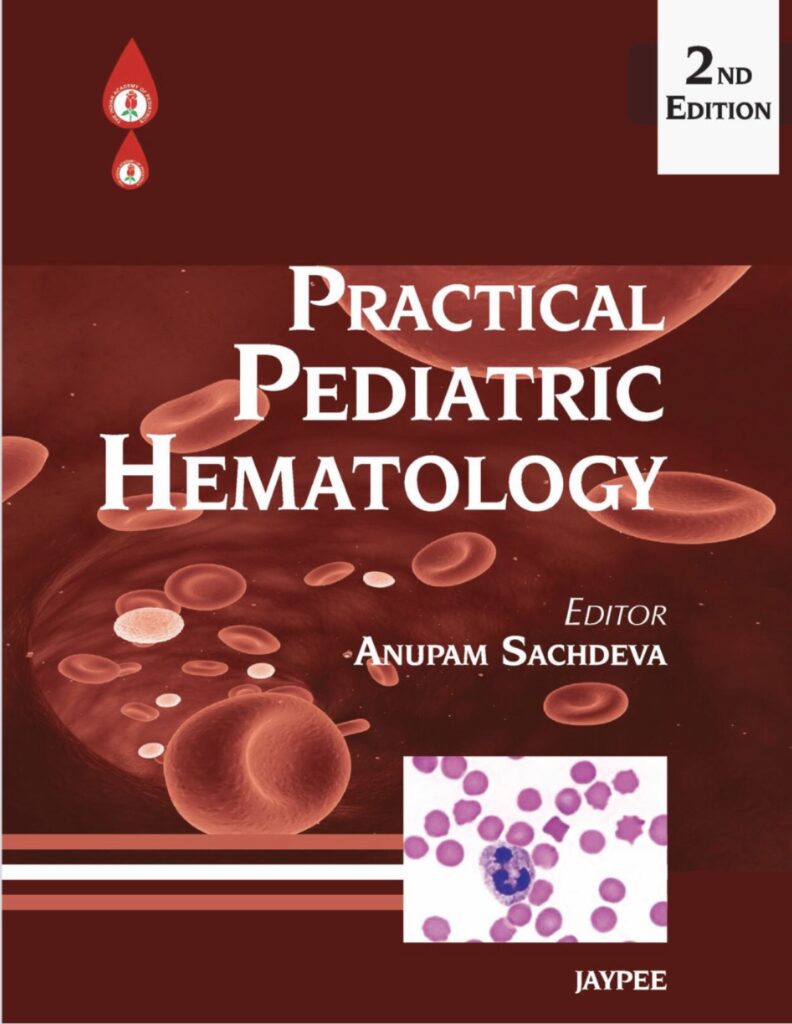
Hôm nay, Trang vừa sưu tầm được một tài liệu hay hay về NHI KHOA nên chia sẻ đến các bạn để chúng ta cùng nhau tham khảo.
Các bạn tải tài liệu tại đây nhé DOWNLOAD
GIỚI THIỆU SÁCH
PHYSIOLOGY OF PLATELET PRODUCTION Thrombopoietin (Tpo) promotes the proliferation of combined megakaryocyte progenitors, and their maturation. There are three stages of development. Stage I: Extends from stem-cells to promegakaryocytes. Stage II: It is the stage of endomiotic reduplication or polypolidization. Stage III: It is the stage of cytoplasmic maturation of megakaryocytes. At the end of their maturation process, megakaryocytes divide their cytoplasm into several 1000 fairly uniform platelets. Platelets are not only produced in the bone marrow but also in the lung, most probably in the pulmonary microvasculature, by physical fragmentation of megakaryocyte. Megakaryocytes or large cytoplasmic fragments leave the bone marrow and travel to the pulmonary circulation.
CLASSIFICATION
Thrombocytosis is common in infancy and childhood, occurring in 3 to 13% of children. 2 Extreme thrombocytosis (platelets >1000 × 10 9 /L) is uncommon, occurring in less than 2% of children, 3 but may be more common in critically ill children. 4 The term thrombocythemia-corresponding to leukemia—is used for thrombocytosis due to an autonomous stem cell defect [e.g. in myeloproliferative disorders (MPD’s)], where the term ‘essential thrombocythemia’ is applied.
More practical is the classification of thrombocytoses according to their origin into primary and secondary forms (Table 12.1). An increase in platelet count generally has one of three causes;
CLASSIFICATION
Thrombocytosis is common in infancy and childhood, occurring in 3 to 13% of children. 2 Extreme thrombocytosis (platelets >1000 × 10 9 /L) is uncommon, occurring in less than 2% of children, 3 but may be more common in critically ill children. 4 The term thrombocythemia-corresponding to leukemia—is used for thrombocytosis due to an autonomous stem cell defect [e.g. in myeloproliferative disorders (MPD’s)], where the term ‘essential thrombocythemia’ is applied.
More practical is the classification of thrombocytoses according to their origin into primary and secondary forms (Table 12.1). An increase in platelet count generally has one of three causes;
1. A primary disorder, such as a myeloproliferative or dysplastic syndrome classified as essential (or primary) thrombocytosis (ET).
2. Increased production due to stimuli.
3. A shift in platelets from the splenic pool into the peripheral circulation 2 and these two causes are referred to as reactive (or secondary) thrombocytosis (RT).
Các bạn tải tài liệu tại đây nhé DOWNLOAD
Chào mừng bạn đến với trang tài liệu y khoa miễn phí! Đây là nơi chia sẻ những kiến thức, kinh nghiệm và tin tức mới nhất trong lĩnh vực y khoa. Mình hy vọng rằng bạn sẽ thích trang của mình và tìm thấy những thông tin hữu ích lĩnh vực y khoa.
Để nhận thêm nhiều tài liệu cập nhập mới nhất và miễn phí về y khoa hãy follow like Fanpage:
Facebook: https://www.facebook.com/tailieuykhoa.thuvienykhoa.tonghoptailieuykhoa
Website : https://tailieuykhoamienphi.com/



